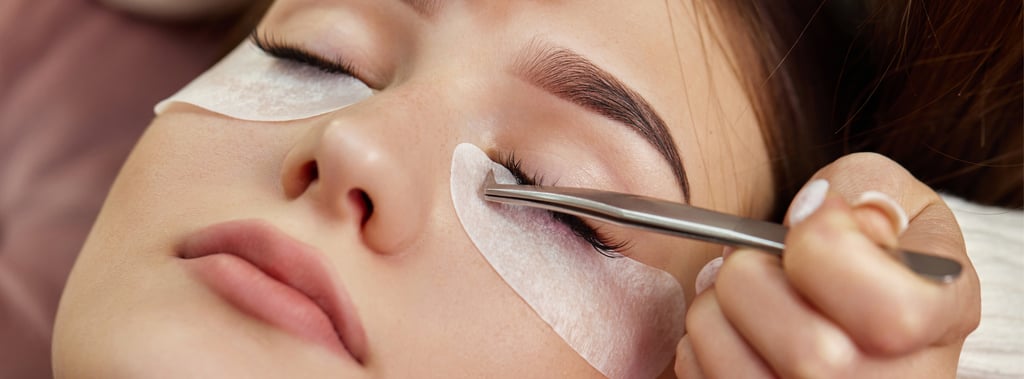Exclusive Beauty Products for Your Brand
Eyelash adhesive - hydroquinone
Why Doesn’t Adhesive Cure Inside the Bottle?


Hydroquinone
WHAT IS IT?
Hydroquinone is a widely used skin-lightening ingredient known for its ability to reduce hyperpigmentation, dark spots, and melasma. It works by inhibiting tyrosinase, an enzyme essential for melanin production, effectively decreasing the formation of pigmentation in the skin.
Hydroquinone: Why Doesn’t Adhesive Cure Inside the Bottle?
This is due to a chemical called hydroquinone.
Hydroquinone is an antioxidant commonly found in many facial and skincare creams. It helps improve the stability and longevity of ingredients. In the case of adhesives, hydroquinone is added to cyanoacrylate to control its reaction and prevent premature polymerization inside the bottle.
Why is moisture essential for curing?
Cyanoacrylate adhesives require moisture to cure. If excessive moisture were to enter the bottle, the entire adhesive would solidify. This is where hydroquinone plays a crucial role.


What Does "Trace Amounts" Mean?
A trace amount refers to such a minuscule quantity that even highly advanced scientific instruments cannot detect an exact measurement. While tests may confirm the presence of traces, the concentration is so insignificant that it poses no measurable risk.
To put this into perspective, it’s comparable to a single grain of salt mixed into sand on a beach—technically present but completely negligible.
Are Eyelash Adhesives Formaldehyde-Free?
Given that the remaining formaldehyde traces are so low and safe, cyanoacrylate-based adhesives can be classified as formaldehyde-free. This classification aligns with international cosmetic regulations, ensuring that professional lash technicians and their clients receive a safe and reliable product.
Key Considerations for Professional Use:
Compliance & Safety: Professional-grade lash adhesives undergo rigorous purification and quality control to ensure compliance with cosmetic safety standards.
Education for Lash Technicians: Misconceptions about formaldehyde should be addressed with clear scientific explanations to reassure professionals about product safety.
Storage & Handling: Proper storage prevents degradation of cyanoacrylate, ensuring no additional release of formaldehyde over time.
Client Safety & Trust: Providing accurate information helps build trust between lash professionals and their clients, reinforcing the credibility of high-quality adhesive formulations.
By prioritizing safety, transparency, and regulatory compliance, professional cosmetic manufacturers can continue to offer high-performance and formaldehyde-safe lash adhesives to the industry.
Belle Rouge Business:
A Hannibal & P. LLC Company
1007 N Orange St, 4th Floor
Wilmington, DE 19801
USA
© 2025. Hannibal & P. LLC. All rights reserved
Get in touch with us: Whatsapp or viber
